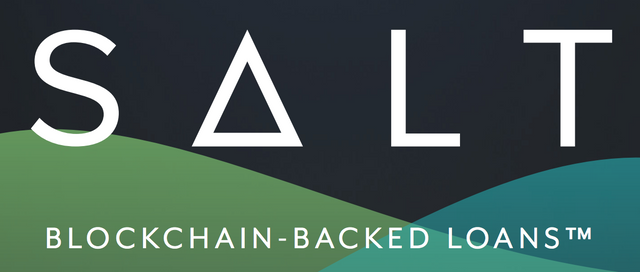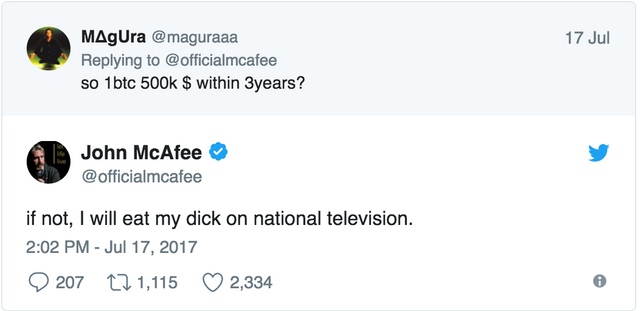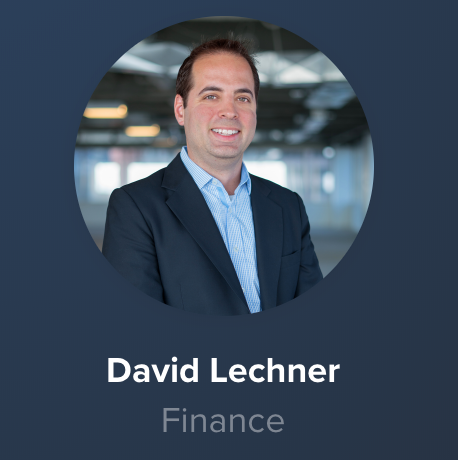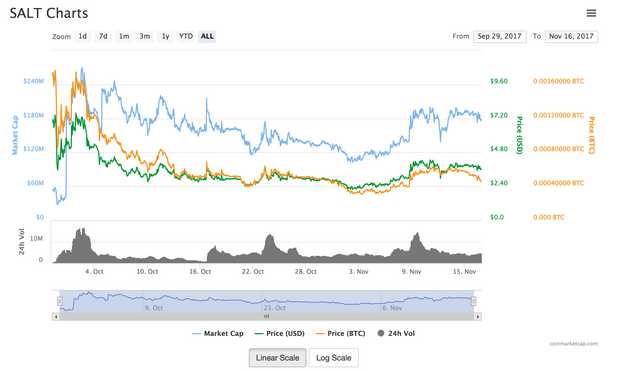Investigating the Top 50 Cryptocurrencies, Part 24/50: SALT
SALT is a way for borrowers and lenders to participate in over-collateralized loans w/ no credit checks necessary, using cryptocurrency as the collateral.

Everybody knows that cryptocurrency is a hot investment right now. While it’s impossible to say for sure where the price of tokens will go in 2018, a lot of influencers think there’s a lot more growth to come.
When you hear John McAfee and other big names talk about bitcoin… well, it’s hard not to be optimistic.

Yikes
So what happens when you want to leverage some of your cryptocurrency value to purchase things, but don’t want to give up on your potential upcoming gains? Enter SALT.
About This Series + Disclaimer
This post is part of a new series where I investigate each of the top 50 coins by marketcap (based on coinmarketcap.com's rankings on October 11, 2017). My goal is to help steem’s userbase become the most knowledgable blockchain community in the world.
Disclaimer: I am not an investment expert and will not be providing investment advice. I will teach you about the top 50 coins, and you can do what you want with that info.
What SALT Does
SALT is a way to monetize your bitcoin via a loan, while still being the beneficiary of any gains that the BTC price makes. Here’s how it works:
(1) You Get a SALT Membership.
One SALT token gives you access to the lowest tier of borrowing (up to $10,000), as long as you have enough collateral along with it. The SALT company says that their goal is to keep the membership costing around $10 USD as the market grows.
(2) Put Up 120% Collateral
If you want to borrow $1,000 USD, you put up $1,200 of BTC. The same ratio applies regardless of how large or small the loan is.
The BTC (or ETH, or other accepted token) is held in escrow via the blockchain. There is an oracle that automatically measures and reacts to market changes to adjust the USD value of your collateral.
You pay 10% of the loan per month until it is paid off. There’s some interest on these payments, I think about 5% APR based on the examples.
(3) If the Token Price Changes, You Act Accordingly
Here’s where it gets interesting. Let’s say you apply for a $1,000 loan with $1,200 of BTC as collateral. What happens if BTC’s price goes up twofold in the following few months?
You could end up in a situation where you owe $800 still, but your collateralized BTC is now worth $2,400. This means you can do one of three things: (3a) Pay off the loan in advance w/ some of that BTC (essentially, taking profit by using some of your gains to pay the loan), (3b) Take a larger loan (you could go up to $2,000 now), or (3c) withdraw the extra BTC until you’re down to the original collateral of $1,200.
You were able to spend $1,000 in cash up front based on the value of your BTC… but, because you still have that BTC in escrow, you are able to profit from the gains.
What if the price goes down? Let’s say your BTC is only worth $900 and you owe $800. Now your BTC isn’t valuable enough to be sufficient collateral. In this case, you can either add more BTC into escrow to get back up to the needed ratio (about $1050), or the system will automatically liquidate some of that BTC and pay off enough of the loan to retain the right collateral ratio.
So if you owe $800 and the BTC is only worth $900, the system will liquidate $300 of BTC. Now you owe $500 and have $600 in collateral - back to the right ratio.
There’s very little risk for anybody. You can’t default on the loan, so the lender is safe. You can pay it back yourself, or use the collateral if you hit unexpected hardship. It’s a lot like credit, but without enabling predatory loans (you can only borrow as much as you have) and without risking anybody losing their investment.
Who is Building SALT?
All photos are from the salt lending website.
CEO: Shawn Owen

Shawn’s bio suggests that he is a “serial entrepreneur,” but frankly that seems to be false. Going off of LinkedIn, his experience is as follows:
General Manager of New Berlin Ale House (2010-2011)
Assistant General Manager at Walnut Brewery (2011-2012)
General Manager at Southern Hospitality (2012-early 2014)
Chief Operating Officer at Southern Concepts Restaurant Group (early 2014 - mid 2016)
Chief Executive Officer at SALT (Sep 2016 - Present)
To be honest, this guy does not have the experience necessary to run a large financial/technology company that handles millions+ dollars of other people’s money. Consider me… surprised/confused.
Chief Financial Officer: David Lechner

David’s experience is more substantial, thankfully… here’s what he has done in the last five years:
Vice President at Canaccord Genuity Inc. (debt financing) (Sep 2012 - Jun 2014)
Vice President Corporate Development at Zayo Group (M&A) (Aug 2014 - Sep 2015)
Independent Consultant since 2015
Chief Financial Officer at Salt Lending Holdings, Inc. (July 2017 - Present)
He hasn’t stayed at any one place for too long, is the main red flag here. Hopefully he’ll be a good fit at SALT and will stick around for longer than his previous gigs.
Advisor, Erik Voorhees

Erik is the big name on the project… but he’s only an advisor, which is a notoriously vague role in cryptocurrency businesses. This could mean he’s talking with the team every day, or it could mean he met with them once.
Erik is well known in crypto for being the founder and CEO of Shapeshift, a major cryptocurrency exchange that specializes on instant exchange between a large number of token pairs. Prior to that, he’s worked in major roles at Coinapult, BitInstant, and Pacabell Ltd.
Token Distribution
45% of the total SALT token distribution happened via a token sale in 2017, offering tokens at prices ranging from $3 to $7.50. These were pitched as discounted prices (because each token represents an annual “membership” that is supposed to, in theory, cost $10), but in reality they were not discounted when you consider the current token price is only $3.59. Anybody who bought higher than $3 got hosed.
There’s very little information on how the other tokens will be distributed… The whole thing seems kind of weird, because the website copy all insists that SALT tokens (and therefore memberships) should have some kind of steady $10 price, but the market disagrees.
IDK. Can anybody share insights on this?
Market History

There hasn’t been enough time to draw any conclusions from this… the price is fluctuating around within normal crypto standards and I have no idea where it will go. What do you think?
Final Thoughts
The concept behind SALT is reasonable. The website is impressive, including detailed / gorgeous mock-ups of what the interface will look like. Erik Voorhees is attached to the project as an advisor, which could be helpful.
That’s all great - but at the same time, the actual product is not available yet. This is all hype and marketing so far. I see little proof of a great service or a real audience. Just marketing and hype.
They may very well pull off their goals, but I’d recommend to be cautious. I want to see a working product with real people using it, as well as a stable/growing token price, before I can put too much value on the SALT project. Right now I’d call it an interesting but unproven idea with a few good people involved.
What do you think of SALT? Do you plan to give it a try when it launches?


I'm going to try it out. Signed up, have SALT tokens. Legit project. Now is time to buy before the platform launches.
Good luck! I'll be watching from afar on this one.
IMHO there is no way that this project will end up good :-) too many links in a chain too many ways that something could go wrong.